John Hurrell – 16 October, 2011
The small dramatically toned black and white gelatin prints and the Henderson film on the other hand match up nicely, but the movie is a special treat with its industrial whirring, rattling and clanking that with its attendant machine movement conveys an effective sense of loss.
Auckland
Lisa Crowley
Printed Mind
27 September - 5 November 2011
TE TUHI
The Reading Hall
24 September - 6 November 2011
With these simultaneous Lisa Crowley shows - one of photographs, the other of films - we see her admiration of the great Finnish architect and designer, Alvar Aalto, a giant of international modernism. Her referencing of his work is similar to shows by other artists such as Mladen Bizumic and Reuben Moss, and their separate examinations of projects by Ernst Plischke.
This artist’s last exhibition at Jensen three years ago was a stunning presentation of six large, subtly coloured, inkjet photographs. Her new show is of five small silver gelatin prints and two large inkjet images. Of course now the gallery space is considerably smaller as well, with Tim Melville occupying half the old Jensen Gallery.
Crowley’s deep toned silver gelatin prints are stills taken from one of the films at Te Tuhi, a 16 mm b/w movie transferred to Blu-ray that shows the workings of an old linotype printer at Longley Print, Henderson, with its typeface being set up and rollers working. The inkjets on the other hand are panoramic outdoor shots in Russia.
The titles of the two shows refer to the predigital publishing of books (thought made manifest through the ‘printed mind’) and a particular ‘reading hall’ such as the Viipuri Library in the city of Vyborg in Russia, designed by Aalto in the late twenties and early thirties. Because it was abandoned and damaged in the decade after the War, a campaign for the building’s restoration began in 1994. Renovation work is now proceeding.
With Crowley’s two 4 minute films, alternating on different walls in the large gallery in Te Tuhi, we see two approaches visually (one in colour, looking at the building’s function from inside the space; the other b/w, examining a machine from different angles from outside peering in) and two approaches aurally (the library muffled: we hear traffic and vague echoing voices; the printing machine: crisp and trebly, with harsh metallic sounds).
Her use of sound seems to be a metaphor for concision of thought enabled when language is precise and able to delineate an idea with acuity. Paradoxically the library as an environment can enable researchers to read and ‘receive’ the articulated concepts, but such ideas tend to be more fully understood when ruminated over quietly, after the books have been closed and the reader (with memory and notes) is on their way home.
Crowley’s images of the Viipuri Library with their water stained walls and circular skylights with peeling paint, are typical of many cultural institutions in central Europe where buildings quickly become dilapidated and run down - the result of the harsh climate and at times physical isolation. They seem to match perfectly the severity of the big digital images at Fox Jensen. Their grim starkness is the highlight of that presentation and helps explain much about the Te Tuhi show.
The small dramatically toned black and white gelatin prints and the Henderson film on the other hand match up nicely, but the movie is a special treat with its industrial whirring, rattling and clanking that with its attendent machine movement conveys an effective sense of loss. Though compact and tonally gorgeous, the static images are too small to hold your attention when compared to such a melancholic (and dynamic) film and the gruntier elemental landscapes.
John Hurrell
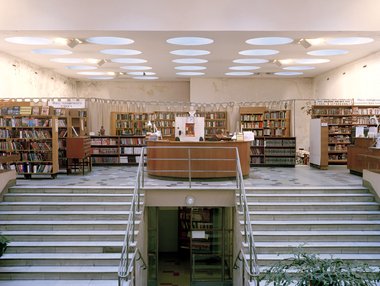

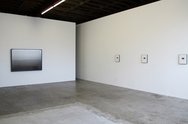
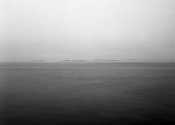
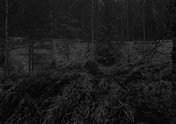
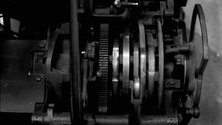
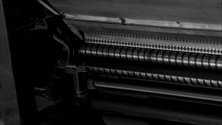
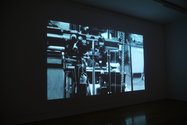
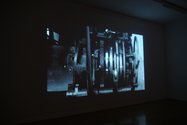
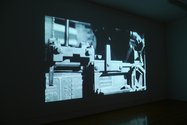
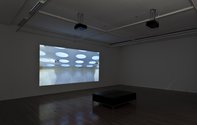
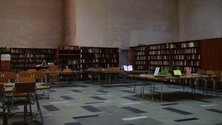
 Advertising in this column
Advertising in this column Two Rooms presents a program of residencies and projects
Two Rooms presents a program of residencies and projects



This Discussion has 0 comments.
Comment
Participate
Register to Participate.
Sign in
Sign in to an existing account.